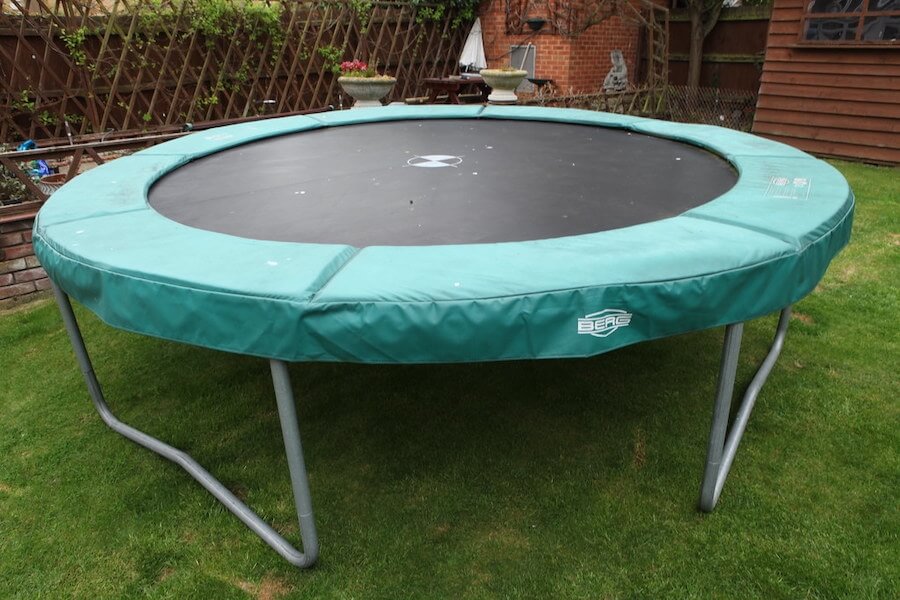When a trampoline bounces well, it’s simple for your children to play, have fun, and let off all their pent-up energy.
It isn’t enjoyable if your device isn’t as elastic as you’d want. Your trampoline won’t allow your kids to jump as they want to.
Why is my new trampoline not bouncy? Many reasons are making your equipment not work as you wish. Let’s click on this article to learn in detail!
Table of Contents
What Makes Your Trampoline Bouncy?
Before going into details about the reasons for a not working trampoline, it’s better to know the central part causing it to bounce.
The springs may be fundamental to making your equipment bounce from all components.
The mattress comprises non-stretch material, and the frame serves as an attachment point so that the coils can function.
The mat might go down when you leap since the springs between both the anchoring structure and the mattress have been extended.
The springs’ rebound, or return to their former shape, is what pulls the mattress back down and launches you into the air.
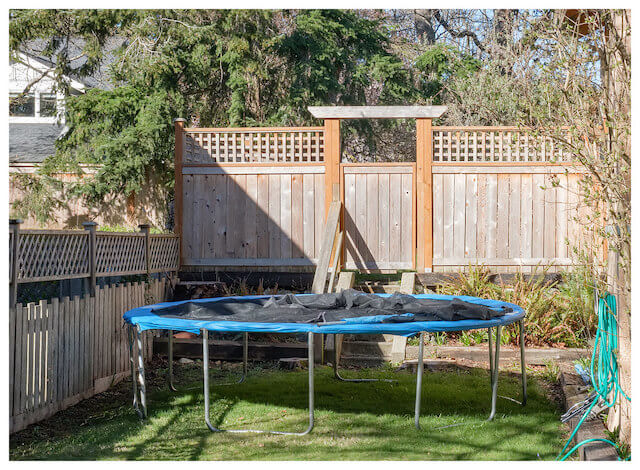
Why Is My New Trampoline Not Bouncy?
Your trampoline has no bounce because the springs are not good quality, the trampoline is too large for the weight of the jumper, or the springs are overstretched.
Even though you just bought this equipment, it doesn’t bounce the way your child would like. Following are the main reasons behind this problem:
Your Trampoline Is Excessively Large.
The most frequent reason for getting a trampoline that isn’t sufficiently springy is an imbalance between the body weight of your children using it and its size.
Little ones don’t know what to do, but some surface activities like rolling around and running.
It appears as though their feet never leave the mattress as they jump.
Some slightly older children will jump off the cushion, but they lack the height necessary to perform a flip feat.
Because your equipment is the largest, you could believe that you might have purchased the best equipment.
However, for a large trampoline to function, greater weight is essential.
You may test this device yourself or ask someone who weighs more to bounce on this equipment before getting one.
If it bounces well when that person jumps on, this equipment is too large for your kids to play with.
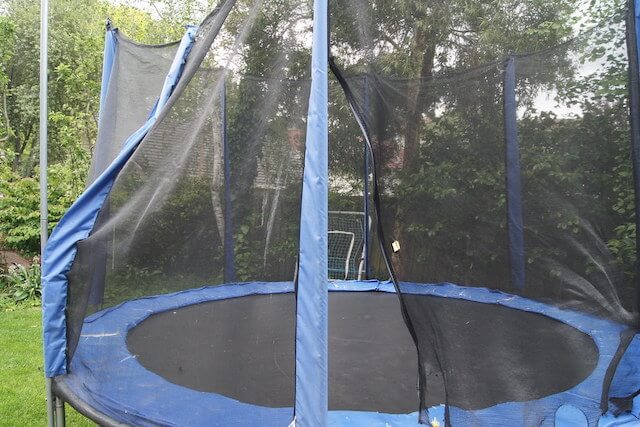
The Springs Don’t Work Well.
The strength and rebound ability of springs are two areas where quality may vary significantly.
These enable the spring to stretch before quickly returning to its original form.
Together, the wiring diameter, coil breadth, and steel material quality make up the fundamental factors influencing bounce quality.
The wires come in two types, including heavy-duty and standard China coils.
Heavy-duty coil:
These springs may have wires that are 3.4 mm wide and 26 – 32 mm wide coils.
These deviations from the typical coil’s width are only a few hundredths of an inch, yet they significantly impact the bouncing quality.
The spring is more robust and better able to return to its original shape thanks to the broader coil and thicker wire.
These larger coils are suitable for equipment with 12 feet or more diameter.
They also work well with more giant rectangular trampolines, including those that measure 10′ x 17′ or 9′ x 14′.
Standard China coil:
These springs may have a coil width of 26mm and a wire width of 3.1mm.
These are ideal for 8 inches and 10 inches circular equipment with young children ages ten or under.
They may also function effectively on more giant trampolines if the bounce height is unimportant.
The Springs Are Missing.
While it is possible to use a trampoline that lacks a spring, you shouldn’t, especially not for several weeks or even months.
If the coils are not pulling the mat uniformly, the mattress gets damaged.
You will experience progressively worse recoil and extension on the remaining coils when the number of lacking springs increases.
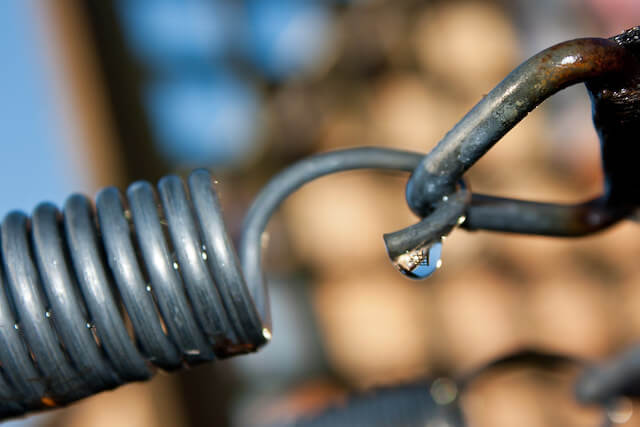
The Springs Are Extended.
Spring elasticity decreases with time, making them less able to return to their initial position quickly as they were a few first days.
The coils may no longer be tightly packed against one another, leaving a little space between them.
It means that the extension and recoil are less intense than they once were.
How To Make Your New Trampoline Bouncier?
After finding the leading causes of making your equipment not bounce in the first few days of purchase, it’s time to learn solutions to optimize the bounciness.
Change The Springs Configurations
As shared earlier, your trampoline’s springs are the critical moving parts that let it bounce.
Therefore, it makes sense to start fixing the coils if you want to make this equipment bouncy.
You may get the extra bounce you want by simply adjusting the coils. You can apply the following four configurations.
V-shaped configuration
This setup is an excellent method to increase the bounce of your trampoline. To reposition the springs, all you require is a new spring puller.
Pick out the closest three coils and remove them entirely. Since you won’t use one spring, set it aside.
Three triangular rings and three gaps on your equipment chassis will be vacant.
Place the two spring hooks in the triangular ring in the center of your trampoline mattress.
The openings on the chassis on each edge of the gap right over from the triangular ring are where you should stretch these two coils to connect.
It will result in a reversed V shape. Next, go on to the following three springs, and repeat the steps.
There will be leftover coils after you’ve finished because you won’t use all holes or triangular rings.
W-shaped configuration
Although there is a significant difference between the W and V configurations, they are comparable. For this configuration, you will need to use three springs.
You follow the same steps as the V-shaped configuration but position the third spring in the center of the V rather than leaving it off your equipment.
As a result, a triangular ring on your trampoline mattress will have three springs hooked to it, creating three separate openings on the chassis.
X-shaped configuration
Another fantastic solution that increases spring strength and raises bounciness is the X-shaped configuration.
This technique can prevent any holes or rings from being skipped, reducing the strain on your trampoline mattress and frame.
To accomplish this, remove two coils from the frame’s rungs and reconnect them to the corresponding openings.
As a result, after you have finished, the springs may be joined in an X shape. Repetition is necessary around your equipment.
Double X-shaped configuration
This configuration is similar to the above setup, removing the mat-attached ends of the four springs from the openings in the chassis.
Pull the outer right spring over to the framework while skipping two rather than one opening.
Repeat the process with the following spring, omitting two openings, and fasten it to the structure.
Bypass two openings for each subsequent spring as you draw the other two coils across the previous two.
It will result in a double X-shaped arrangement, where each X segment seems to have two arms rather than one.
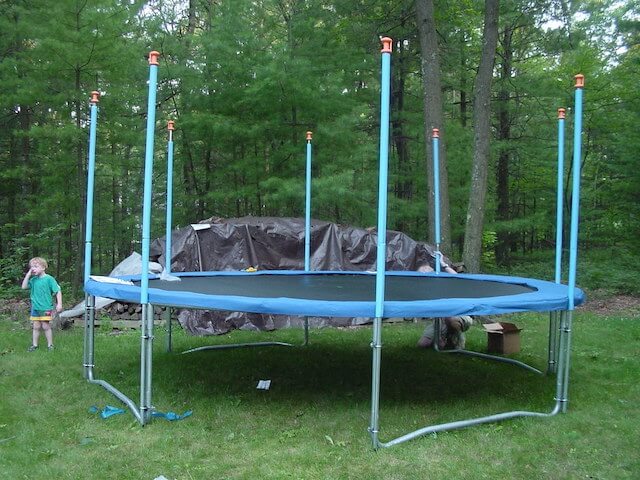
Keep An Eye On Your Frame’s Care
Your trampoline’s bounce will depend on how well you maintain the frame.
Bounciness is a fantastic incentive to keep up with frame upkeep, in addition to the apparent benefits of safety or lifespan.
The trampoline with loose parts reduces bounciness by receiving the power of jumping, which spreads the amount of kinetic energy produced by the bounce.
Even though it might not seem like much, maintaining the equipment in good operating order will undoubtedly keep it bouncing.
If you have not yet performed maintenance very often, ensure it’s all secure, and the frame will not considerably move while someone jumps on it.
Increase The Number Of Springs
You may also add springs to your trampoline to help it bounce more. Spring replacement components cost not too much money.
Even fewer coils are necessary to create some bounce. You may surround the equipment with affordable springs by placing them at periodic intervals.
You may give the trampoline more bounce and tension by replacing one spring with two. However, the coils will likely degrade faster.
Invest In Heavy Duty Springs
There are several types of trampoline springs. Therefore, investing in heavy-duty ones is a method to give your equipment more bounce.
The most effective solution is high tensile products composed of galvanized steel.
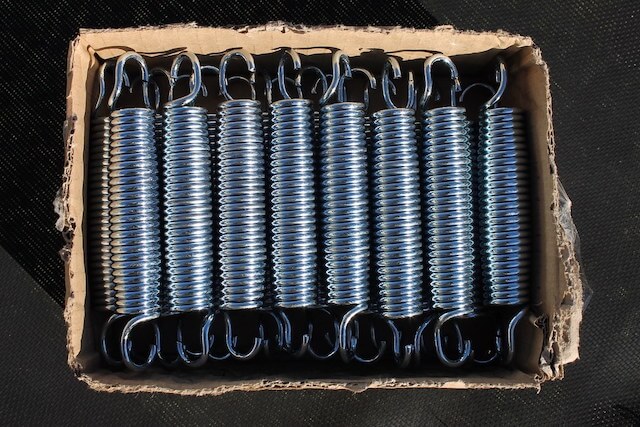
Replace Springs
If your trampoline’s springs are getting old, replacing them is necessary to make it bounce better.
These indications include rust, color changes, strained coils, loose connection, and noticeable warping or bending.
In A Nutshell
Hopefully, you will understand the reasons for your question: Why is my new trampoline not bouncy?
As you can see, many factors affect the bounciness of this equipment, such as the size of the trampoline and the springs.
Luckily, you can fix this problem using several solutions like changing the springs configuration, regular maintenance, adding coils, or getting new coil kits.

